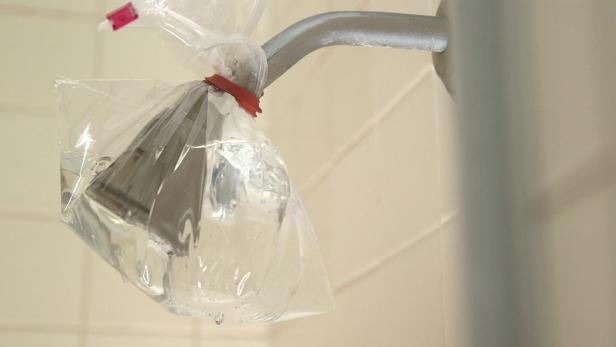It doesn’t take much to keep the shower and tubs hygienically clean and free of mold, limescale stains, or other impurities. All you need is a few cleaning products and a little patience to bring the tiles, grout, and all other surfaces in the bathroom to shine again. With these helpers, you can clean your shower without sweating.
Many different cleaning agents are available in specialist shops, often touted as specialists for specific applications. However, if they contain aggressive chemicals or abrasives, they can attack sensitive surfaces as soon as they are used.
The joints are susceptible. But other surfaces and materials can also become roughened and increasingly unsightly if they are too ambitious when cleaning, using the wrong cleaning agent, or a combination of both.
To clean your shower, you usually only need these products:
- a glass cleaner for the shower walls,
- a mild all-purpose cleaner or soft soap for the floor as well
- Vinegar or citric acid against limescale stains
Use a soft cloth, for example, microfiber, for cleaning and avoid working on smooth and sensitive surfaces with the rough side of a dishwashing sponge when cleaning the shower. Otherwise, the surface can be scratched, which affects the aesthetics and causes increased cleaning effort. And that’s precisely what you want to avoid when cleaning the shower.
In particularly stubborn limescale stains, the vinegar can be left to work for up to an hour. Hard-to-reach places, such as on the fittings, can be reached more quickly if you pour the vinegar into a spray bottle and then finely atomize it. The vinegar smell disappears very quickly after rinsing, and because vinegar has a disinfecting effect, other odors are also eliminated. You can also effectively prevent mold, which feels exceptionally comfortable in damp environments, with the home remedy vinegar.
Soiling and deposits in the shower are usually the results of hard, i.e., harder, tap water. This limescale settles on the surfaces and joints after every shower, for example, in the form of water stains. You can easily remove light soiling with a damp cloth and a little washing-up liquid. However, this is no longer sufficient for stubborn limescale stains. This is best removed with vinegar – a simple table vinegar or vinegar essence diluted with water in a ratio of 1: 5 are perfectly adequate: Apply the vinegar to the calcified surfaces with a cloth or sponge and leave the acetic acid for a few minutes act. You can then rinse off the remains with clean water.in the case where the bathroom need repairs there are experts like https://climatecontrolexperts.com/plumbing/ that can do the repairs amongst others.

